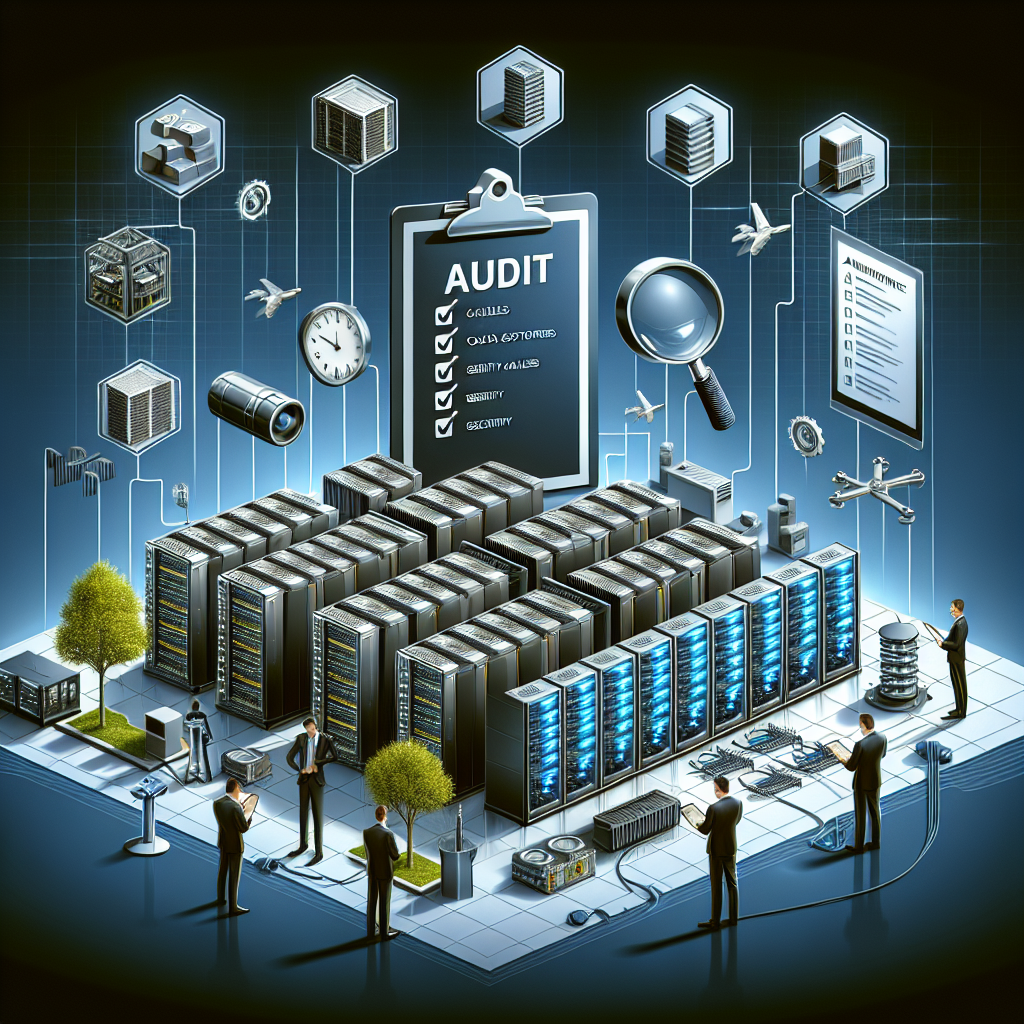Your cart is currently empty!
Best Practices for Conducting a Comprehensive Data Center Audit

As technology continues to advance at a rapid pace, data centers have become increasingly crucial for businesses to store and manage their valuable data. However, with the growing complexity of data center infrastructure, it has become more important than ever to conduct regular audits to ensure the efficiency, security, and compliance of these facilities.
A comprehensive data center audit is a thorough examination of all components within the data center, including hardware, software, networking, and security protocols. By conducting a detailed audit, businesses can identify potential risks, optimize performance, and ensure that their data center is operating at its full potential.
To help businesses conduct a successful data center audit, here are some best practices to follow:
1. Define audit objectives: Before beginning the audit process, it is essential to clearly define the objectives and scope of the audit. This will help establish a roadmap for the audit and ensure that all critical areas are covered.
2. Conduct a physical inspection: Start the audit by conducting a physical inspection of the data center facility. This includes checking the condition of hardware, cabling, cooling systems, and power supplies. Look for any signs of wear and tear, damage, or potential security vulnerabilities.
3. Review documentation: Review all documentation related to the data center, including network diagrams, equipment inventories, maintenance logs, and security policies. This will help in verifying that all systems are properly documented and in compliance with industry standards.
4. Assess security measures: Security is a top priority for data centers, so it is crucial to assess the effectiveness of security measures in place. This includes reviewing access controls, surveillance systems, fire suppression systems, and encryption protocols.
5. Test disaster recovery plans: Disaster recovery plans are essential for ensuring business continuity in the event of a data center outage or disaster. Test the effectiveness of these plans by simulating various scenarios and evaluating the response procedures.
6. Evaluate performance metrics: Assess the performance of the data center infrastructure by analyzing key metrics such as uptime, latency, bandwidth utilization, and power consumption. Identify any bottlenecks or inefficiencies that may be impacting performance.
7. Ensure compliance with regulations: Data centers are subject to various regulations and industry standards, such as GDPR, HIPAA, and PCI DSS. Ensure that the data center is in compliance with all relevant regulations to avoid potential legal and financial repercussions.
8. Develop an audit report: Once the audit is complete, compile all findings and recommendations into a comprehensive audit report. This report should include a summary of the audit process, detailed findings, recommendations for improvement, and an action plan for implementing changes.
By following these best practices, businesses can conduct a thorough and effective data center audit to ensure the security, efficiency, and compliance of their data center infrastructure. Regular audits are essential for maintaining the health and performance of the data center and mitigating potential risks.

Leave a Reply